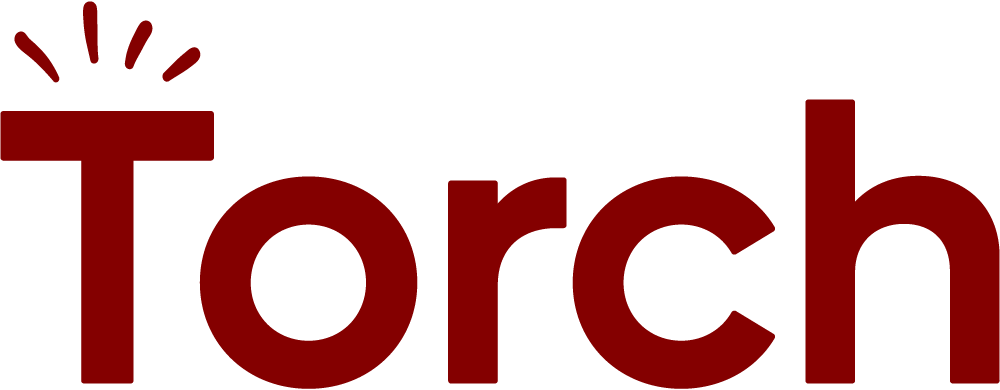Currently, 58% of employees in the U.S. are always or sometimes working remotely – and many companies are expecting this to be the new normal moving forward. This means that these businesses are going to need to learn how to operate virtually.
HR teams, in particular, have to adapt their approaches during this Work From Home age to ensure their employees and organizations are set up for success. We’ll explain how in this post.
3 ways HR needs to adapt to the Work From Home age
After the pandemic hit, HR teams had to pivot the way they operate almost overnight. Now that most of us have settled into the world of remote work, it may be time to take a closer look at specific functions and make sure they’re optimized for the current situation.
Hiring
The process of identifying and hiring talent changed significantly during the pandemic.
Companies went from hosting in-person and on-site interviews to having all of these conversations virtually. Teams have also had to get creative about how to welcome and onboard new hires without being physically together in the office. On top of all of this, organizations quickly recognized that those offering remote job opportunities are seeing a competitive edge over those that don’t. With all of these changes in the hiring landscape, what can HR teams do to adjust accordingly?
Be upfront. HR needs to make it clear – from the initial job posting through the hiring process – what the company’s policies will be in the post-pandemic world. Will remote work be permanent? Or will your employees eventually return to the office? Will the current benefit offerings change after COVID-19? These are factors that will heavily influence a job searcher’s decision to apply to your company, so it’s important to be honest about where your organization stands.
Take advantage of the remote environment. There are advantages that come with being a remote company. Now that there aren’t any location constraints, you have a much bigger talent pool to select from. So unless your company is planning to return to the office soon, and use this as an opportunity to fill your pipeline with talented candidates.
Adapt your processes. Adjusting your interviewing and onboarding processes requires more than just giving everyone access to Zoom. You have to rethink the experience and make changes to ensure that candidates who go through your hiring process are getting the amount of information, exposure, and context they need to make the best decision. Similarly, all your hiring managers should be trained on these new remote processes to ensure everyone is set up for success.
Benefits
Many benefits, such as catered lunches and commuter cards, are no longer relevant to this new world of work. This means that your company likely has extra budget being left on the table. Instead of letting this money go to waste, consider reinvesting it into new offerings that are more relevant for employees while they’re remote – especially given that 57% of employees say their benefits package is more important to them than ever before.
Make data-informed decisions. Instead of making assumptions about what your employees want, use an anonymous survey to collect feedback directly from your workforce. This data can help you identify where to invest company resources.
For instance, you may learn that your working parents are especially stressed out during the pandemic. In this case, consider rolling out additional child care benefits – such as providing reimbursements for in-home babysitters or virtual tutors. As you adjust your benefits, use pulse surveys to gauge the impact of these new initiatives and ensure they’re having the intended effect.
Retention
Your retention strategy may have shifted during this time as well. This isn’t surprising. Employees have different priorities in a remote work setting than in an office setting.
Company culture can also look different when people are physically apart, so HR teams have to figure out how to bring the organization’s values, mission, and vision to life across a distributed workforce.
If a company doesn’t acknowledge these changes and adapt accordingly, they may risk losing their top talent to others that are handling the transition more effectively. This, in turn, can cost companies. Some studies predict that every time a business replaces a salaried employee, it costs 6 to 9 months’ salary on average.
Offer additional support. Right now, your employees are stressed and confused. The last thing you want is for them to feel like they’re alone in navigating these challenges. That’s why we encourage companies to use this time to offer more virtual support, whether that’s in the form of introducing a coaching program or forming online ERGs. These resources can provide a space for employees to ask questions, receive guidance, or simply be heard.
Build trust. You also want to make sure your workforce can trust your leadership team to make the right decisions. Specifically, employees want to know how the company is doing, where it’s headed, and what these changes mean for them. This requires transparency. HR teams can adjust their communication strategies by increasing the frequency, diversifying the channels they use, and giving employees more access to leadership.
As we all navigate this new world of work together, HR leaders need to think about how to adapt their practices, perspectives, and programs to align with what employees need today. To learn how our coaching programs can support your remote workforce, request a demo.


